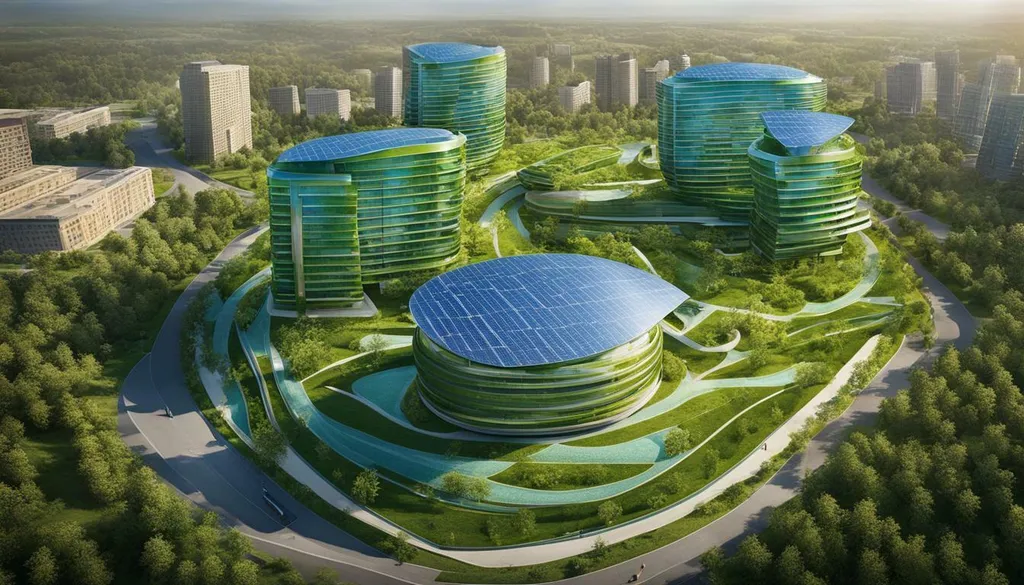In the ever-evolving world of construction materials, a groundbreaking study led by Duman Dyussembinov from the Department of Technology of Industrial and Civil Engineering at L.N. Gumilyov Eurasian National University in Astana, Kazakhstan, is set to revolutionize the way we think about foam concrete. Published in the journal *Applied Sciences* (translated from Russian as *Прикладные науки*), this research delves into the enhancement of foam concrete through the incorporation of mineral fibers recycled from basalt insulation waste and complex polymer modifiers.
The construction industry has long been on the hunt for materials that offer high-quality physical, mechanical, and thermophysical characteristics. However, achieving this without compromising on strength and durability has been a challenge. Dyussembinov’s research addresses this very issue by exploring how the inclusion of mineral fibers and polymer modifiers can significantly enhance the performance of foam concrete.
The study focused on mixtures of different densities ranging from 400 to 1100 kg/m³. The results were impressive: compressive strength increased by up to 35%, water absorption decreased by 25%, and thermal conductivity was reduced by 18% compared to the control mixture. “The inclusion of mineral fibers and polymer modifiers significantly enhanced structural uniformity and pore wall integrity,” Dyussembinov explained. This improvement in material properties not only makes the foam concrete more durable and efficient but also promotes the sustainable use of industrial by-products.
The implications of this research for the energy sector are substantial. Buildings account for a significant portion of global energy consumption, largely due to heating and cooling demands. By improving the thermal conductivity of foam concrete, this innovative material can contribute to more energy-efficient buildings. “Reducing thermal conductivity means better insulation, which translates to lower energy costs and a reduced carbon footprint,” Dyussembinov noted.
Moreover, the enhanced durability and reduced water absorption of the modified foam concrete can lead to longer-lasting structures, reducing the need for frequent repairs and replacements. This not only saves costs but also minimizes the environmental impact associated with construction and maintenance activities.
The commercial potential of this research is vast. As the demand for sustainable and energy-efficient building materials continues to grow, the enhanced foam concrete developed by Dyussembinov and his team could become a game-changer in the construction industry. The use of recycled materials not only reduces waste but also provides a cost-effective solution for manufacturers.
Looking ahead, this research could pave the way for further innovations in the field of construction materials. The successful integration of mineral fibers and polymer modifiers opens up new possibilities for exploring other industrial by-products and their potential applications in building materials. As Dyussembinov puts it, “This is just the beginning. There’s so much more we can do to improve the sustainability and efficiency of construction materials.”
In conclusion, Dyussembinov’s research published in *Applied Sciences* offers a promising solution to some of the longstanding challenges in the construction industry. By enhancing the performance of foam concrete through the use of recycled materials, this study not only promotes sustainability but also offers significant commercial benefits for the energy sector. As the world continues to seek innovative ways to reduce energy consumption and minimize environmental impact, this research provides a compelling example of how science and industry can come together to create a more sustainable future.

